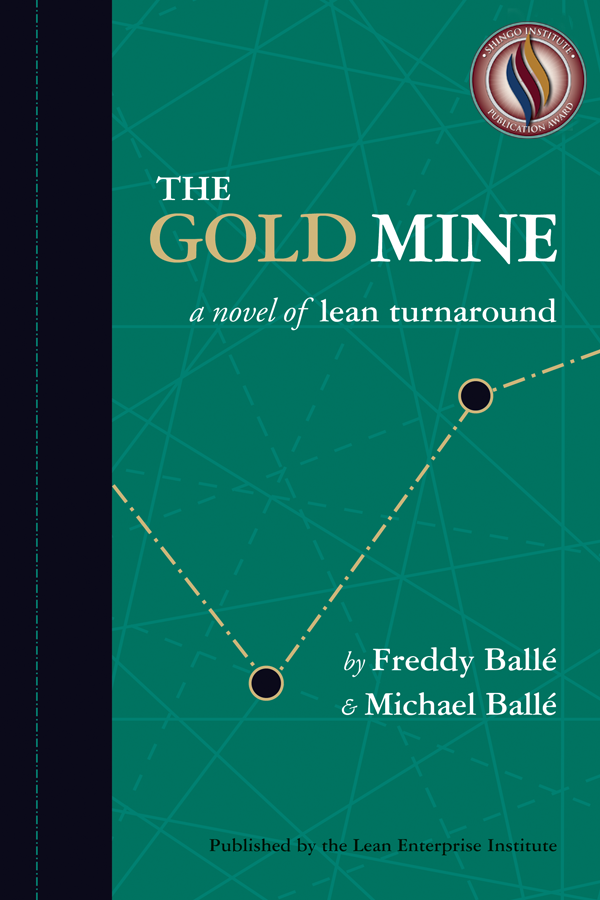Respect for People is the subject of this 2004 letter from Jim Womack, which we are re-publishing as part of our efforts to highlight the dignity of work.
Recently, while traveling to attend the Lean Service Summit in Amsterdam, I encountered an amazing scene at London’s Heathrow Airport. While checking in for my flight on a Monday morning, I found myself in a nightmare line stretching around the corner from the check-in counter and far down the hall.
When good people (that’s you and me) are put in a bad process we often become “bad” like the process – mean spirited, foul-mouthed, and even violent. After standing in the line for about 45 minutes, I finally advanced to the corner just in time to see passengers ahead of me taking out their frustration. Since there were six check-in counters but only one agent on duty to perform check-ins, several passengers went behind the counters and started handing out the empty agent chairs to the passengers standing in line so they could sit down while waiting. The one agent on duty immediately stopped checking in passengers to prevent this irregular action. A tug-of-war ensued over one of the chairs and, after losing the battle, the agent retreated to his desk to call the police. To complete the scene, imagine loud shouting in many languages as a group of heavily armed security guards approached.
I know a “terminal” mess when I see one and broke ranks at that point to search for the “I’m going to miss my plane” alternative check-in path that seems to exist in all airports these days. (Think of this as simply another form of “re-work.”) When I found it — in a far corner of the terminal — and talked with the agents, I discovered that scenes of this sort happen every Monday morning and Friday evening when “some passengers just go crazy.” In their minds it was a clear case of “bad passengers.”
As I reflected on this experience, I realized that we encounter situations of this sort in life all of the time. Every day we are involved in a series of processes – getting our computers and software to work, taking our cars in for repair, going to the doctor – whose steps must be performed properly in the proper sequence to get the results we seek. For example, at the airport, staff scheduling and flight departures must be carefully synchronized with the pattern of passenger demand to create a smooth check-in process, or some variant of the scene I witnessed is pretty much inevitable.
What I find really fascinating is that when good people (that’s you and me) are put in a bad process we often become The widespread existence of bad processes in every area of life is actually a great opportunity for lean thinkers.“bad” like the process – mean spirited, foul mouthed, and even violent. Ask everyone involved what the problem is and they are very likely to blame everyone else – the “crazy” passengers, the “petty bureaucrat” check-in agent, the “authoritarian” security force, the “tight-fisted” airline – rather than step back and think about the process itself and how it could be improved.
The widespread existence of bad processes in every area of life is actually a great opportunity for lean thinkers. We should be leading the way in showing how to rethink every process producing “bad” people along with poor results, and we heard some wonderful examples of how to do this in a range of service activities at the Amsterdam Service Summit. I’m truly excited by the prospect for the Lean Community to move ahead rapidly down this path, going far beyond our starting point in the factory to introduce rigorous process thinking across society.
In the meantime, as many of us head off on vacation, I hope we will encounter good processes full of good people. Failing that, I hope we will step back (probably while waiting in a queue), seize the opportunity to sharpen our lean thinking, and envision ways to improve any bad processes along our path.
Hoshin Kanri
Aligning and Executing on Your Organizational Objectives.







I concur with this article – process is the bad actor, not the people involved.